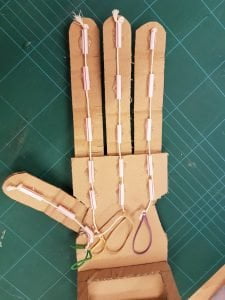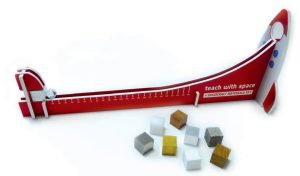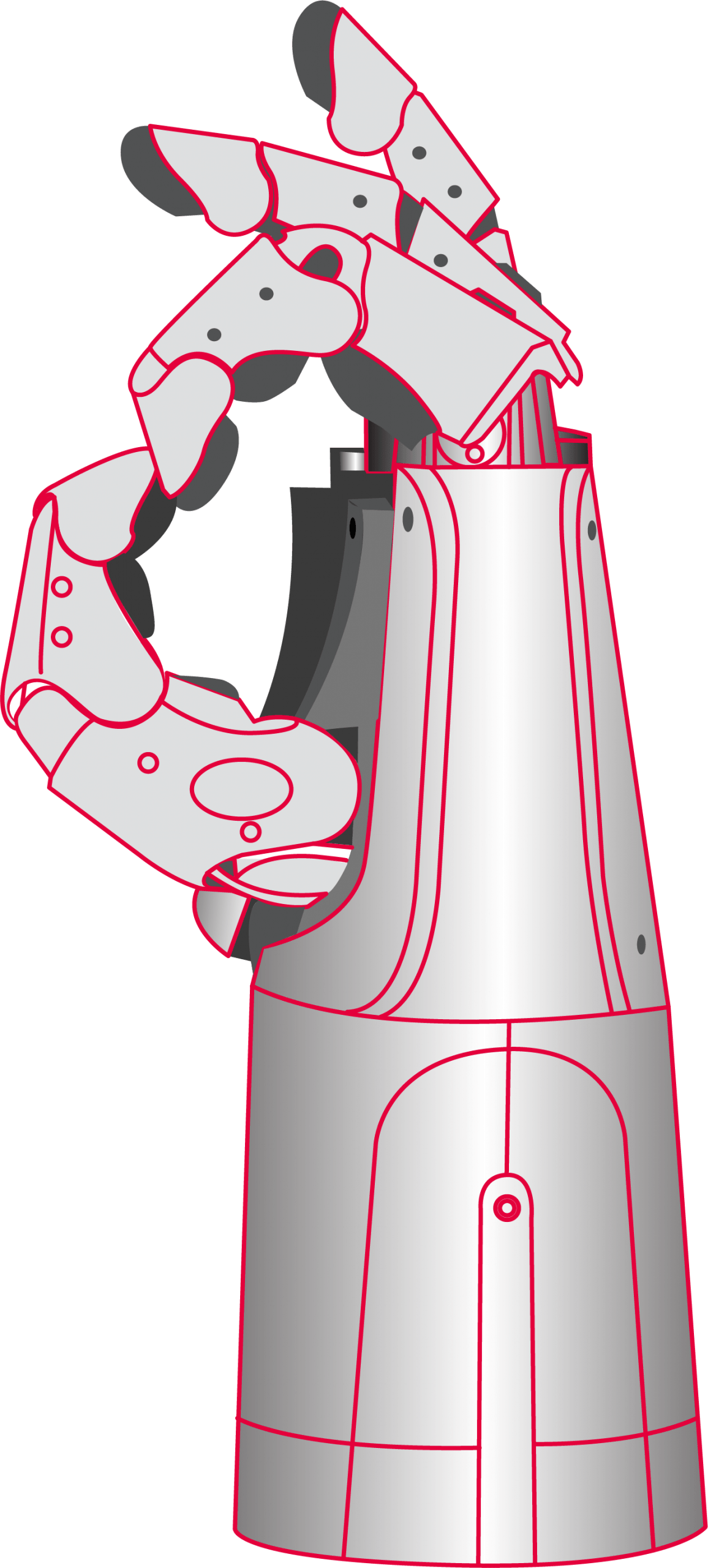Bioninen käsi - Bionisen käden rakentaminen
Tässä tehtävässä oppilaat rakentavat bionisen käden pahvista, jousista, oljista ja kuminauhoista. He suhteuttavat bionisen käden omaan käteensä ymmärtääkseen sormien toiminnan ja peukalon merkityksen erimuotoisiin ja -muotoisiin esineisiin tarttumisessa tai niiden pitämisessä.
Oppilaat oppivat myös, että ihmisen kättä ei olisi mahdollista liikuttaa, jos se koostuisi vain luista. Oppilaat ymmärtävät, miten luut, lihakset, jänteet ja nivelsiteet toimivat vertaamalla niitä materiaaleihin, joita käytetään bionisessa kädessä sormien liikuttamiseen.
Tämä toiminta kestää 60-90 minuuttia oppilaiden iästä riippuen. Tätä resurssia voidaan kuitenkin ehdottaa osana luokkahuoneprojektia, joka kattaa myös muita oppiaineita, kuten taidetta, kieltä ja ihmiskehoa.
Oppimistavoitteet
Ikäjakauma:
8-12-vuotiaat
Aika
Oppitunti: 60 - 90 minuuttia oppilaiden iästä riippuen.
Resurssi saatavilla osoitteessa:
Tehtävä 1: Mitä kädessäsi on?
Tässä tehtävässä oppilaat oppivat tuntemaan ihmisen käden ja sen luiden, lihasten ja jänteiden roolin.
Laitteet
Tehtävä 2: Rakenna bioninen käsi
Tässä tehtävässä oppilaat oppivat, mikä on bioninen käsi ja miten se toimii. He rakentavat ryhmissä oman pahvisen bionisen käden.

Laitteet
Tehtävä 3: Testaa bionista kättäsi
Tässä toiminnassa oppilaat suorittavat erilaisia tehtäviä bionisella kädellä ja suhteuttavat bionisen käden liikkeet omiin käsiinsä.
Laitteet
Tiesitkö sinä?
Lähitulevaisuudessa on odotettavissa, että astronauttien ja humanoidirobottien miehistöt työskentelevät yhdessä avaruuden hyödyntämiseksi.
Molemmat käyttävät todennäköisesti bionisia käsiä. Bionisten käsien avulla robotit voivat käsitellä ihmisten käyttöön tarkoitettuja esineitä. Astronautit hyötyvät bionisista käsistä, koska esineiden manipulointi avaruuden tyhjiössä avaruuspuvun hansikkaiden läpi on hyvin väsyttävää.
Molemmat käyttävät todennäköisesti bionisia käsiä. Bionisten käsien avulla robotit voivat käsitellä ihmisten käyttöön tarkoitettuja esineitä. Astronautit hyötyvät bionisista käsistä, koska esineiden manipulointi avaruuden tyhjiössä avaruuspuvun hansikkaiden läpi on hyvin väsyttävää.

DLR:n robotiikan ja mekatroniikan instituutin kehittämä DEXHAND-käsi
Avainsanat:

Moon Rover - Aurinkoenergialla toimivan Roverin rakentaminen
Lyhyt kuvaus: Tässä tehtävässä oppilaat vertailevat uusiutuvien ja uusiutumattomien energialähteiden etuja ja haittoja ja tutkivat yksinkertaisia sähköpiirejä.

Avaruusaluksen materiaalipakkaus
Lyhyt kuvaus: Oppilaat voivat käyttää ESA:n avaruusaluksen materiaalipakettia tutkiakseen kokeellisesti erilaisia materiaaleja. Viiden aktiviteetin avulla oppilaat voivat saada

Voisiko elämä säilyä hengissä vieraassa ympäristössä? - Elämälle sopivien ympäristöjen määrittely
Lyhyt kuvaus: Tässä tehtävässä oppilaat pohtivat, voisiko maapallon ääriolosuhteissa esiintyvä elämä selvitä muualla aurinkokunnassa. Oppilaat



